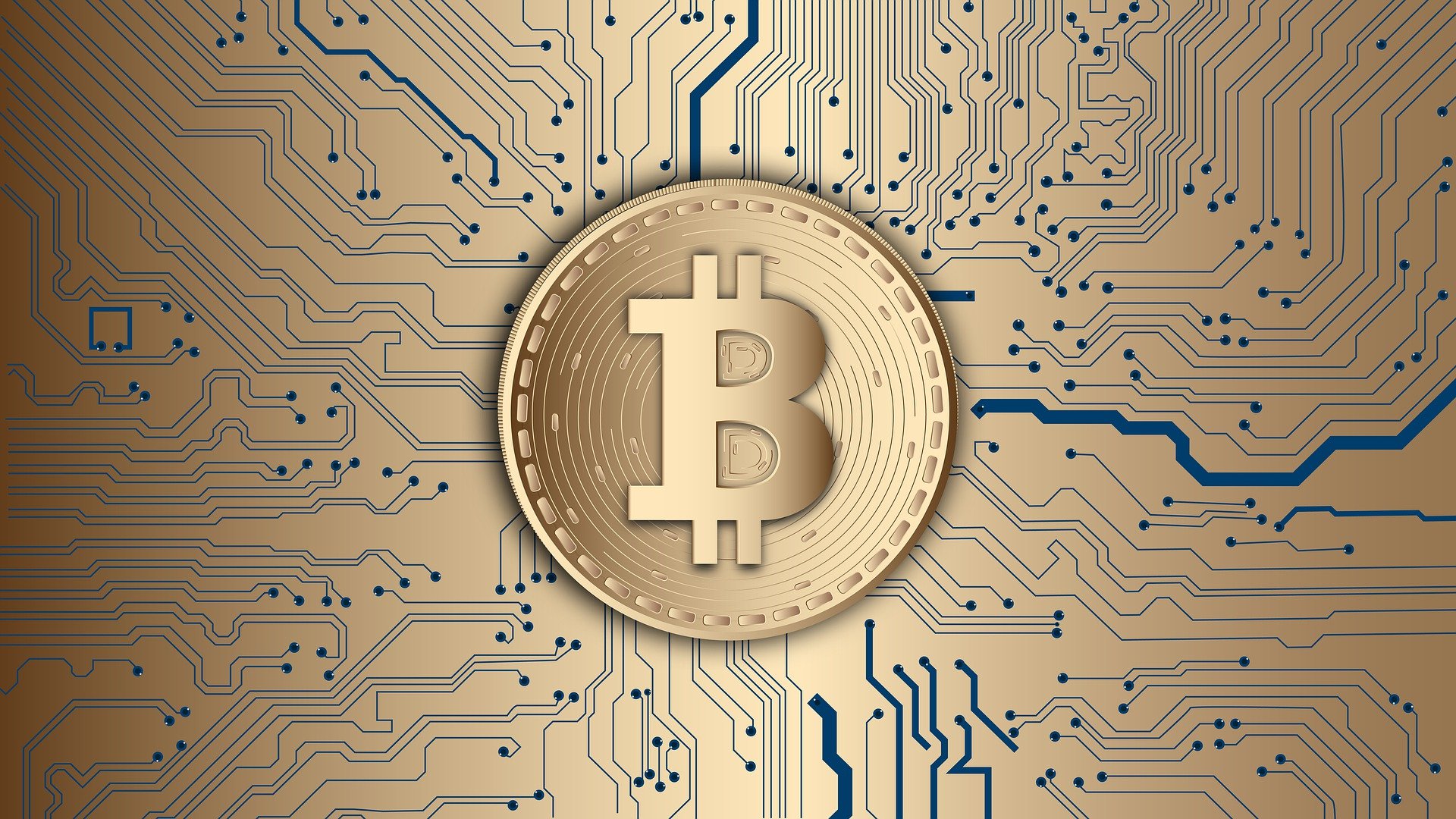Blockchain is still considered an emerging technology although it grows fast and quickly becomes mainstream. While small businesses continue being very cautious about this new opportunity for growth, larger companies are actively adopting blockchain. Retail businesses are pioneers in the adoption of all its advantages.
For example, Walmart is conducting food traceability with the help of a blockchain solution called Hyperledger Fabric. Another big player, IBM provides technical support for them. This solution helps to maintain excellent food quality at all times.
Another giant Amazon is using blockchain for advertising to improve its efficiency. Also, they offer BaaS (blockchain as a service). At the same time, the global retailer Alibaba has built an online e-commerce platform on the blockchain. Among other features, this platform will automatically trace the authenticity of the products.
As you can see, blockchain in retail has quite a few applicable use cases. Let’s explore more of them.
Inventory management
In retail sales, businesses have to precisely track the number of products they have in storage and in sale points. They also want to avoid product shortage and product surplus, or at least have detailed information on that that is being regularly updated.
Stocktaking can be conducted by the employees, yet it’s time- and resource-consuming. Blockchain can help tackle this issue by the ability to maintain an automated ledger of the inventory. Companies can easily track the expiry dates, amount of products, and their presence in stock. Product inventory management can thus become more efficient.
Managing payments
Blockchain might be useful in the retail sector for managing payments. First of all, the functionality of smart contracts requires processing payments upon the completion of certain conditions. Those conditions may appear to be a guarantee which protects both a consumer and a seller in a variety of cases.
On a larger scale, contracts on a blockchain will secure relationships between different actors on the supply chain, from the producer to distributors and sellers. The shipment verification and processing would become much more efficient since it would be traceable, automated, and secure.
It is also possible to use crypto as a payment method. One way of doing it is the automatic conversion of currencies on the way. So it appears as if the customer pays with crypto whereas the retailer receives the payment in fiat currency. Some cryptocurrency exchanges allow these operations. For example, CEX.IO has recently partnered up with luxury watches brand Jacob & Co to process payments in crypto.
Another way of doing it is the direct payment when a buyer pays in crypto and a seller gets crypto. This is a rare case for now because crypto is not considered a legal tender in many jurisdictions.
One way or another, blockchain allows for direct payments from a person to a merchant. This is beneficial for both because they don’t have to spend additional money on handling the partnership with third-party companies like payment providers.
Loyalty programs
Loyalty programs are also a process that is difficult to maintain, especially when it comes to large retailers. They need to precisely track the number of loyalty points that each customer gets and the occasions when and where they spend it. Blockchain makes it easier to pre-program the management of loyalty programs with the help of smart contracts. As a result, the process will be automated, easier to handle, and much less costly than with the traditional types of software.
Secure network
A blockchain network can either be public or private. Some companies prefer private, that is, corporate blockchains because they do not wish to disclose some insider information. Either way, utilizing blockchain is considered to be more secure than using regular software and the Internet for transmitting data. In the absence of proper security standards, the sensitive information is prone to cyber attacks, as a result of which attackers can steal funds, block managing and personal accounts, and expose private information.
To avoid that, many retail companies have started using blockchain ledgers. Because they are immutable and have a certain algorithm of functioning which is distributed between multiple nodes across the world, such networks are considered to be more secure.
Personal data management
In the traditional retail business model, companies use private or dedicated servers to handle and keep the personal and financial data of their customers. Technologically, such an approach is inherently vulnerable. The company also becomes responsible for keeping this personal data and accountable to the rules of law in this regard.
On the other hand, customers might try to fake their identities or steal someone else’s identities to get access to certain products and services that they are not eligible to use. This is particularly the case with cryptocurrency, where every customer has to pass the identity verification in compliance with AML and KYC policies.
Blockchain might be of great help in this situation. New-generation networks offer a technology called zero-knowledge proof. This technology allows transmitting hash codes of data rather than transferring and storing data itself. These hash codes can only be deciphered by the sending and receiving party so that no one else knows the information that’s being exchanged.
This technology fits for instant identity verification without having to send and receive documents. The point here is that, if the copy of the documents is stored in a secure file on a blockchain, all that merchant has to do is get the proof of their existence from this blockchain. For example, a chain of grocery stores implemented zero-knowledge-proof at their cashiers. This way, they could sell alcohol and cigarettes and be sure that they are selling them only to people of legal age without having to ask for their documents.
As you can see, there are many ways in which blockchain can be useful in retail. Although, implementing them might also consume sufficient time and resources.
